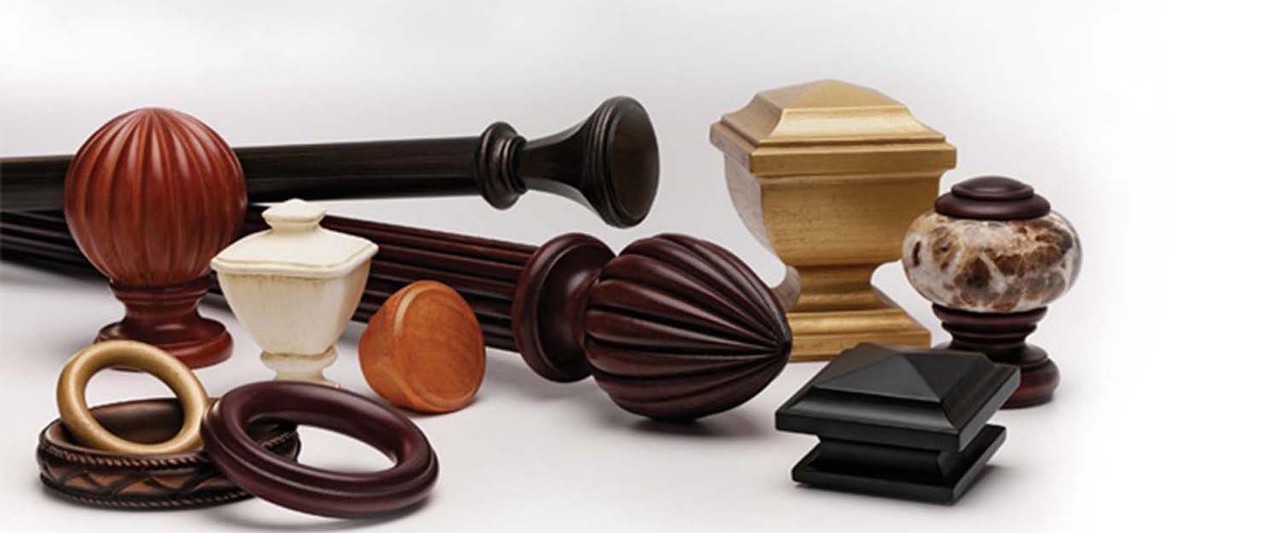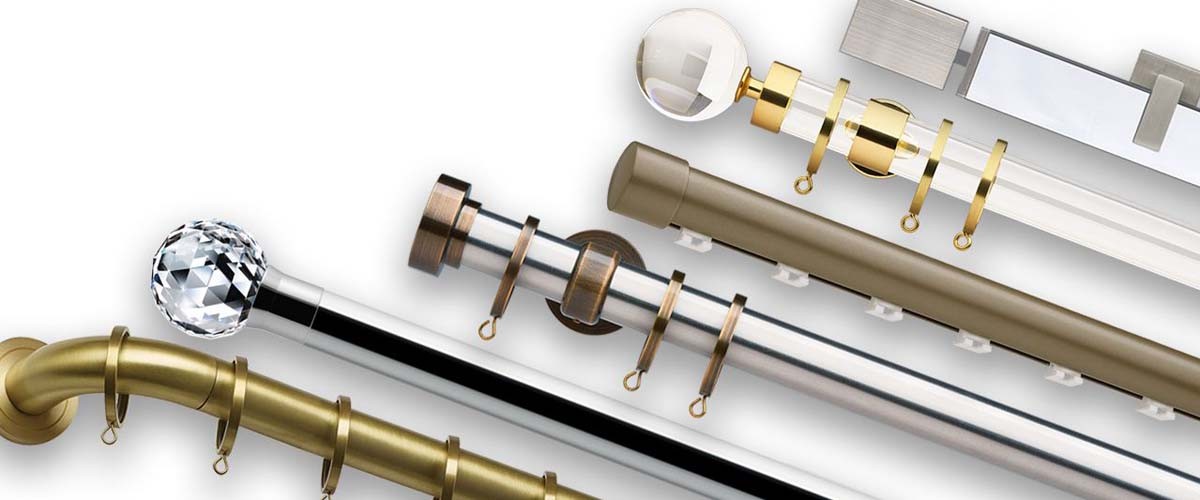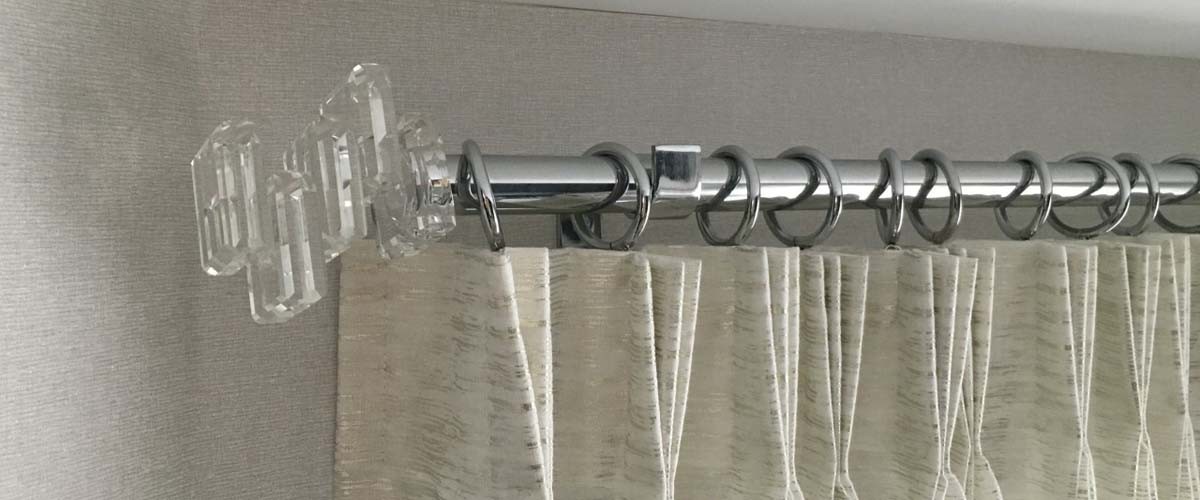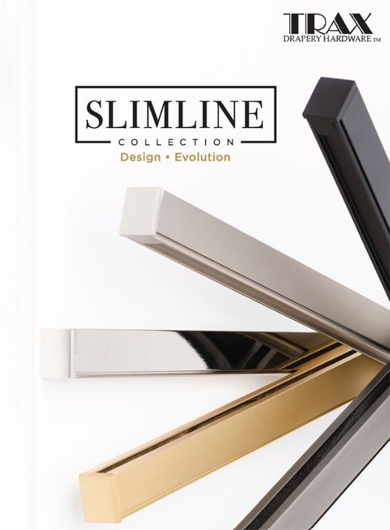Aura
Program your window treatments so that they adjust themselves automatically, creating the perfect room ambiance morning, noon and night.
PowerView® Automation
Program your window treatments so that they adjust themselves automatically, creating the perfect room ambiance morning, noon and night.
Sheer Shades
Learn more about Hunter Douglas custom window sheers, including our shadings and privacy sheers. Innovative, light-diffusing sheers. Your trusted source for window treatments.
Cellular Shades
Cellular honeycomb shades from Hunter Douglas. An energy-efficient design that traps air in distinct pockets to help keep your house cool in the summer and warm in the winter.
Roman Shades
Custom-made fabric Roman Shades by Hunter Douglas, combining the look of soft folds with the ease and convenience of a shade. Custom-crafted.
Roller Shades
The Hunter Douglas roller shades & solar screen shades collections offer excellent light control and a clean, stylish look in a range of fabrics and materials.
Woven Shades
For a warm, natural look our Hunter Douglas Woven Wood Shades collection of window treatments transforms sunlight into captivating design statements. Choose yours today.
Vertical Shades
Find the right custom vertical shades for any room in your home. Search our most popular window shades.
Wood Blinds
From controlling light to their stylish, sleek look, wood blinds have been a favorite among homeowners for decades.
Vertical Blinds
Discover Hunter Douglas customized vertical blinds featuring elegant styling and translucency in a large selection of colors, treatments, and textures. Lifetime guarantee.
Shutters
Hunter Douglas custom window shutters provide superior light control and privacy with classic styles, long-lasting finishes, and exceptional craftsmanship.
Drapery
Choose from timeless and on-trend fabrics, including lofty textures and alluring jacquards, artisanal embroideries and luminous sheers.
Light Enhancing
Enjoy the beauty of natural light and make any space more captivating, with the following light-enhancing shades.
Room Darkening
Want a darker room for better sleep or optimal movie binging? These shades and drapes help block light at the window.
Energy Efficient
Live comfortably and save energy with these shades. Designer to keep a room warm in the winter and cool in the summer.
Door Coverings
Manage natural light and add privacy with these window treatments that work well for sliding-glass and patio doors.
Sound Absorption
Create a quieter, more relaxing room with these window treatments, which help absorb sound, reducing exterior noise.
Top-Down Bottom-Up
For privacy and natural light, position shades from the top, bottom or both. These shades have this feature available.
Aura
PowerView® Automation
Sheer Shades
Cellular Shades
Roman Shades
Roller Shades
Woven Shades
Vertical Shades
Wood Blinds
Metal Blinds
Vertical Blinds
Shutters
Drapery
Light Enhancing
Room Darkening
Energy Efficient
Door Coverings
Sound Absorption
Top-Down Bottom-Up
Window Covering Overview
We offer Hunter Douglas blinds, shades, shutters, draperies, & motorization solutions for your home or business.
Commercial Window Treatments
We offer commercial blinds, shades, shutters, and draperies for office buildings, store fronts, restaurants, schools and more. Call today to learn more.
Motorization Window Treatments
We offer motorization solutions for all Hunter Douglas, blinds, shades and shutters. From remote control to full-home automation. Visit our showroom to see PowerView® Motorization in action.
Shutters
We offer Hunter Douglas hardwood, Faux Wood and PolySatin™ shutters for your home. Let us help you find the shutter product that meets your needs and lifestyle.
Window Shades
Window Treats Inc provides custom window shades such as honeycomb shades, roller and solar shades, Roman shades and more. Visit our showroom today!
Roman Shades
Roman Shades never go out of style. The soft folds look like artwork on your window. Visit our showroom to learn more.
Custom Drapery
Custom draperies or drapery panels add a soft custom look at the window. When coordinated your home decor, draperies can really make a statement. Use alone or with another window treatment or top treatment.
Top Treatments
Custom Cornice, valances and top treatments add an extra layer beauty to your room. From a simple swag to a wood cornice Window Treats Inc. will bring your ideas to life.
Drapery Hardware
Window Treats Inc. features a large selection of drapery hardware. Visit our showroom and talk to one of our design consultants today.
Window Film and Tinting
Window Treats Inc offers professional film and tinting for windows in the New Jersey area. Contact us to learn more about our products.
Window Treatment Repairs
Window Treats Inc readily repairs your window blind and shade problems. Bring them in to our showroom or we will come to your home.
Window Covering Overview
Commercial Window Treatments
Motorization Window Treatments
Shutters
Window Shades
Roman Shades
Custom Drapery
Top Treatments
Drapery Hardware
Window Film and Tinting
After Hours and In-Home Design Consultations
Financing By Wells Fargo
Window Covering Measuring and Installation
Window Treatment Repairs
About Us
Learn About Window Treats Inc. In Redbank NJ and the products and services they provide.
Meet Our Team
Get to know our design consultants and professional installers at Window Treats Inc in Redbank, NJ for all your window treatment needs.
Window Covering Design Tips and Idea Blog
Read our window covering design tips and idea blog to get you started on your next project. When ready contact Window Treats Inc in Redbank, NJ.
FAQ’S About Window Coverings
Window Treats Inc. wants you to feel comfortable when selecting new window treatments. Be in the know before shopping. Contact us for consultation.
About Us
Hunter Douglas Gallery Showroom in New Jersey
Meet Our Team
Interior Design Partners
Window Covering Design Tips and Idea Blog
FAQ’S About Window Coverings
All Design Ideas
See current and past decorating ideas from our 'Fresh Ideas' Newsletter.
Bathroom
See window covering solutions for privacy and moisture-resistance.
Bedroom
See window covering solutions for privacy and room darkening.
Home Office
See window covering solutions for light filtering and glare control.
Kitchen
See window covering solutions for a variety of needs and kitchen styles.
Living Room
See window covering solutions for light filtering and UV protection.
Angled Windows
See blinds and shades for angled, sloped, and triangle-shaped windows.
Arched Windows
See blinds and shades for arched, half-circle or half-moon windows.
French Doors
See shutters, blinds and shades for French Doors.
Sidelights
See blinds and shades for sidelight windows.
Skylights
See blinds and shades specifically suited for skylights.
Automated
See all options for automated blinds and shades.
Blackout
See our options for blinds and shades that best control light.
Light Filtering
See blinds and shades for light filtering and UV protection.
All Design Ideas
Fall Tablescapes
Shades vs Drapes
Roman Shades Top Down Bottom Up
Bathroom
Bedroom
Home Office
Kitchen
Living Room
Media Room
Nursery & Kids Room
Angled Windows
Arched Windows
Bay, Bow, Corner Windows
French Doors
Sidelights
Sliding Glass Doors
Skylights
Large Windows
Panel-Track Blinds
Picture Windows
Automated
Blackout
Energy Efficient
Light Filtering
Child and Pet-Friendly
Cordless Energy-Efficient Shades
Motorization and Home Automation
Find design articles about motorization and automation.
Tips and Tricks
Window treatment and interior design tips and tricks.
Design Trends
Find articles on popular design trends.
Green Energy
Find articles on window treatments and green energy.
Child and Pet Safety
Articles on child and pet safety for custom window treatments.
Motorization and Home Automation
Tips and Tricks
Design Trends
Green Energy
Child and Pet Safety
 Decorative Hardware
Decorative Hardware
 Forest Hardware
Forest Hardware
 Drapery Rods and Finial
Drapery Rods and Finial
 Metal Finishes
Metal Finishes






